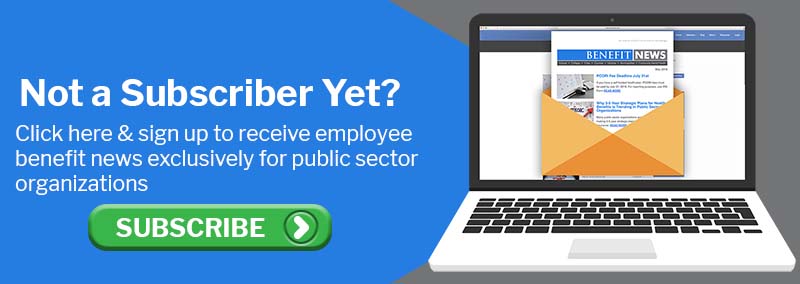3.5 minute read
The Kaiser Family Foundation released a summary of their annual employer health benefits survey. The survey examines employer-sponsored health benefits trends and suggests how employers would be affected. Non-federal public and private firms were surveyed. Note that your own premiums, contributions, deductibles, etc. may vary from this survey. Here are some of the highlights:
Premiums for Health Insurance
In 2020, the average premium increased by 4%. The average premium for single coverage is $7,470 and $21,342 for family coverage.
For those with high deductible health plans with a savings option (HDHP/SOs), single coverage average premium was $6,890 and $20,359 for family coverage.
Employer-Sponsored Coverage
The findings have been very similar over the past few years. Most employers with 1,000+ employees offer employer-sponsored coverage. Fifty-six percent of employers offer health coverage to at least some of its employees. And among very small employers (3-9 employees), 48% offer coverage.
Employee Contributions
An employee’s contribution toward the premium was $1,243 for single coverage and $5,558 for family coverage. For HDHP/SOs, single coverage was $1,061 and family coverage was $4,852.
Plan Enrollment
These were the most common plan types for 2020:
- PPOs (preferred provider organizations) – 47% of employees covered
- HDHP/SOs – 31% of employees covered
- HMOs (health maintenance organizations) – 13% of employees covered
- POS (point-of-service) plans – 8% of workers covered
Telemedicine
Telemedicine offerings have greatly increased especially among employers with 50-199 employees. Eighty-five percent of employers with 50+ employees have added this service.
Self-Funding
Twenty-three percent of employees with small employers and 84% of employees with large employers are entirely or partially self-funded. Level-funded plans are increasing in popularity.
Wellness Programs
Many employers are offering at least one wellness program like lifestyle coaching, weight management, or smoking cessation. This includes 53% of small employers and 81% of large employers. For the large employers, 44% of these employers offer participation incentives (merchandise, gift cards, etc.)
Employee Cost Sharing
The average deductible for all employees was $1,644 in 2020. The average annual deductible has increased by 25% in the last 5 years and nearly 80% in the last decade.
Conclusion
It’s unclear how the COVID-19 pandemic will affect employer health plans in 2021. Employers may need to shift more costs to the employees then they have in the past given the economic impact. Or employers may look at different funding models to provide competitive benefits.
There’s also an election coming up, and the Supreme court will take a case regarding the Affordable Care Act. Both events could significantly impact employer plans.
Employers should begin to identify resources and tools they can use to offset higher premiums. And as costs rise and possible political changes are made, employers and employees may see an increase to the market movement.
Download the bulletin for more details.
This blog is intended to be a compilation of information and resources pulled from federal, state, and local agencies. This is not intended to be legal advice. For up to the minute information and guidance on COVID-19, please follow the guidelines of the Centers for Disease Control and Prevention (CDC) and your local health organizations.

